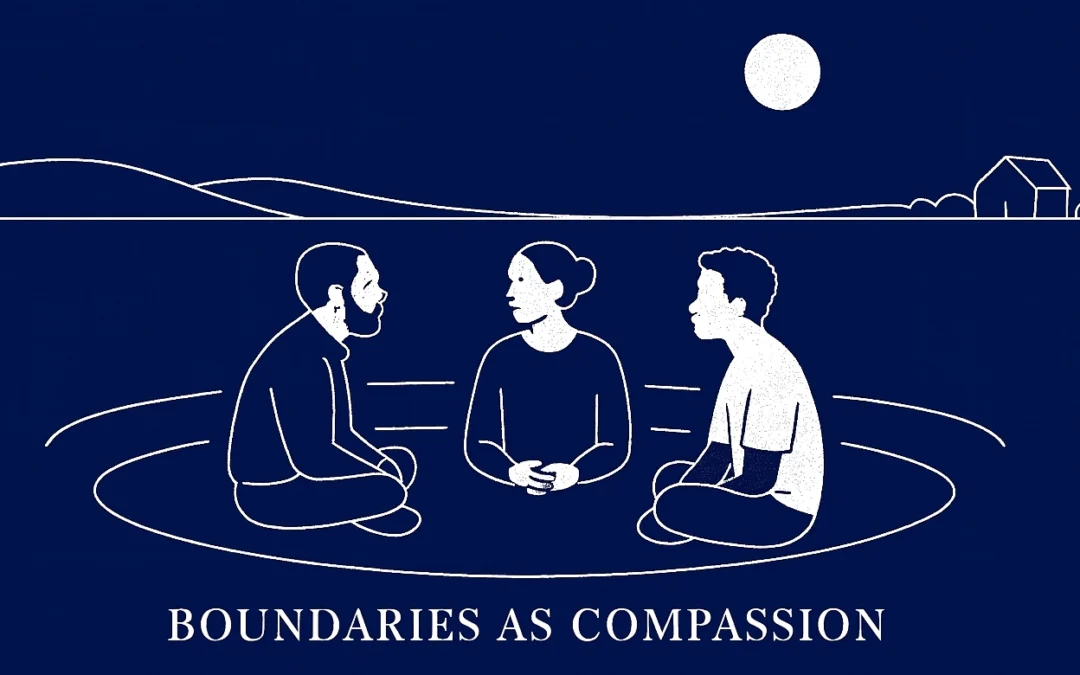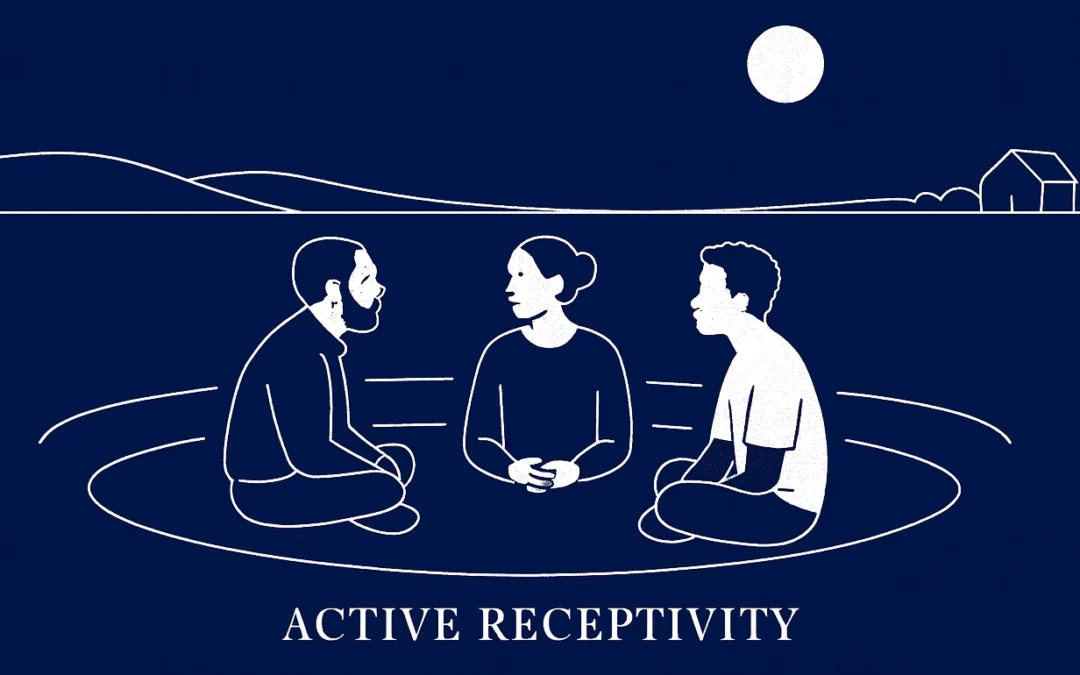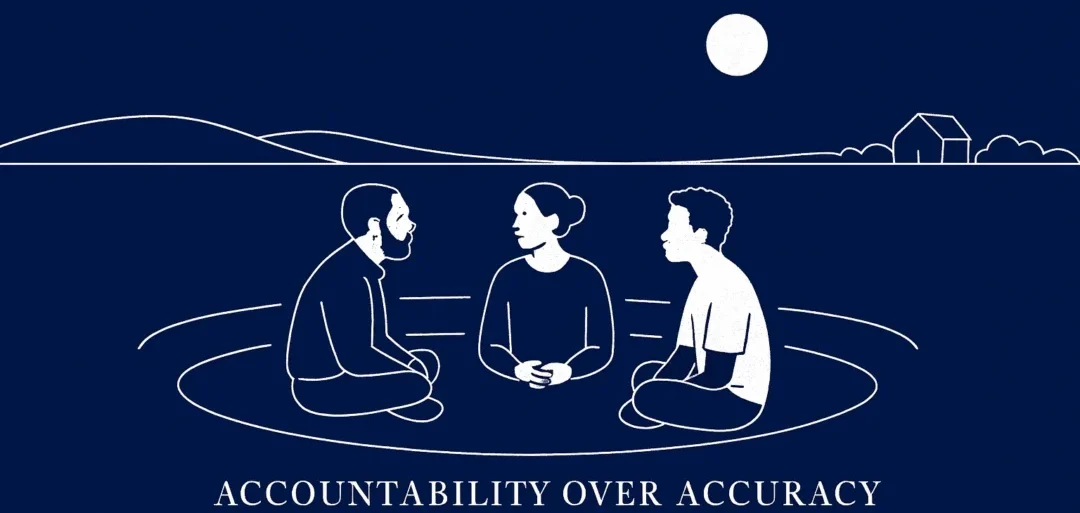Battiste, M. (2013). Decolonizing education: Nourishing the learning spirit. UBC Press.
Campbell, J. (2008). The hero with a thousand faces (3rd ed.). New World Library.
Chilisa, B. (2017). Decolonising transdisciplinary research approaches: An African perspective for enhancing knowledge integration in sustainability science. Sustainability Science, 12(5), 813–827.
Clarke, J. J. (2000). The Tao of the West: Western transformations of Taoist thought. Routledge.
Dei, G. J. S. (2000). Rethinking the role of Indigenous knowledges in the academy. International Journal of Inclusive Education, 4(2), 111–132.
Freire, P. (2020). Pedagogy of the oppressed (D. Macedo, Trans.; 50th anniversary ed.). Routledge. (Original work published 1970)
Gergen, K. J. (2015). An invitation to social construction (3rd ed.). SAGE.
Girardot, N. J., Miller, J., & Liu, X. (Eds.). (2001). Daoism and ecology: Ways within a cosmic landscape. Harvard University Press.
Kimmerer, R. W. (2013). Braiding sweetgrass: Indigenous wisdom, scientific knowledge, and the teachings of plants. Milkweed Editions.
Levey, R. (2024). Embodying transdisciplinarity: An alternate narrative framework to the hero’s journey as a tool for transformation (Doctoral dissertation, California Institute of Integral Studies). ProQuest Dissertations Publishing.
Macy, J., & Johnstone, C. (2012). Active hope: How to face the mess we’re in without going crazy. New World Library.
Massey, D. (2005). For space. SAGE.
Mezirow, J. (1978). Perspective transformation. Adult Education Quarterly, 28(2), 100–110.
Miller, J. (2017). China’s green religion: Daoism and the quest for a sustainable future. Columbia University Press.
Morin, E. (2014). Complexity and uncertainty: A philosophical approach. Springer.
Nicolescu, B. (2002). Manifesto of transdisciplinarity (K. C. Voss, Trans.). State University of New York Press.
Palmer, P. J. (1998). The courage to teach: Exploring the inner landscape of a teacher’s life. Jossey-Bass.
Roszak, T., Gomes, M. E., & Kanner, A. D. (Eds.). (1995). Ecopsychology: Restoring the Earth, healing the mind. Sierra Club Books.
Salmón, E. (2000). Kincentric ecology: Indigenous perceptions of the human–nature relationship. Ecological Applications, 10(5), 1327–1332.
Sardar, Z. (2010b). Welcome to postnormal times. Futures, 42(5), 435–444.
Scharmer, C. O. (2007). Theory U: Leading from the future as it emerges. Berrett-Koehler.
Senge, P. M. (1990). The fifth discipline: The art & practice of the learning organization. Doubleday.
Simpson, L. B. (2011). Dancing on our turtle’s back: Stories of Nishnaabeg re-creation, resurgence and a new emergence. Arbeiter Ring Publishing.
Smith, L. T. (2021). Decolonizing methodologies: Research and Indigenous peoples (3rd ed.). Bloomsbury.
Tzu, L. (2004). Tao Te Ching (K. Voss, Trans.). http://globalradical.com/Tao/tao.pdf
Von Foerster, H. (2018). The beginning of heaven and earth has no name: Seven days with second-order cybernetics. Fordham University Press.
Wheatley, M. J. (1992). Leadership and the new science: Discovering order in a chaotic world. Berrett-Koehler.
Yunkaporta, T. (2021). Sand talk: How Indigenous thinking can save the world. HarperOne.





